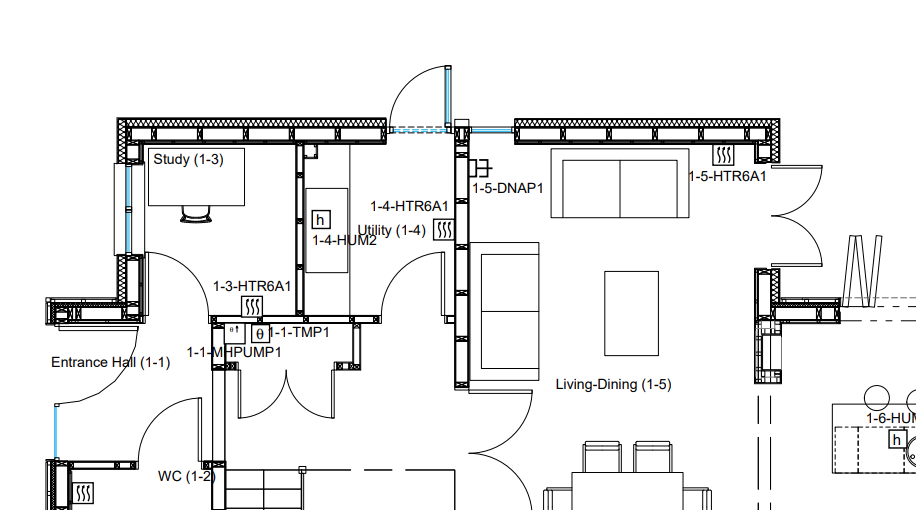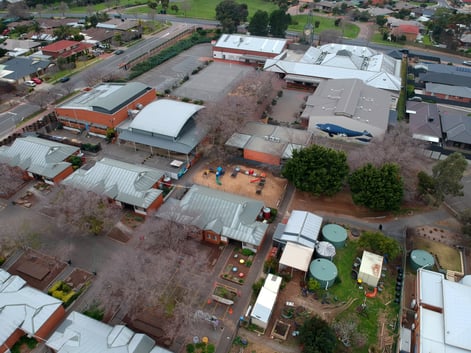
The client
McCarthy Stone is the UK’s leading developer and manager of retirement communities.
 The client
The clientA state primary school with 400 pupils aged five to eleven years old.
Most of the rooms are contained in the main block built in the 1930s, although it was extended in the 1960s and has been supplemented with several classrooms in prefabricated buildings.
The 2021-2022 energy price fluctuations have prompted a review of the school’s energy usage. The conclusion was that the school’s energy costs are beyond its budget and unless they can be substantially lowered within a few weeks, the school will not be able to remain open for five days per week.
The school uses a ‘wet’ central heating system, using radiators in each room heated by a gas-powered central boiler. None of the buildings are well-insulated.
For schools that urgently need to lower energy costs, we offer a version of the Atamate operating system that can be installed quickly and, in most schools, will pay for itself within three years. The system components are:
The system offered several options for heating control which were used at different times of day:
The original intention was that the limited atBOS described above would deliver sufficient savings to pay for itself within three years. With gas prices at their current (October 2022) very high rates, the payback time is likely to be one year for most schools.
In classrooms, carbon dioxide levels often rise above 2,000ppm, a level that has been shown to impact both cognitive performance and school attendance. The sensor units enable teachers to view realtime air quality data on a computer or smartphone, showing them when to open windows to regulate carbon dioxide with minimal loss of heat energy.
The sensor data is stored in the cloud. Possible uses include:
| Project description | Low-budget, rapid implementation of improved heating efficiency in a primary school |
| Atamate controlled systems |
|
| Atamate data products |
|
| Mechanical systems |
|

McCarthy Stone is the UK’s leading developer and manager of retirement communities.